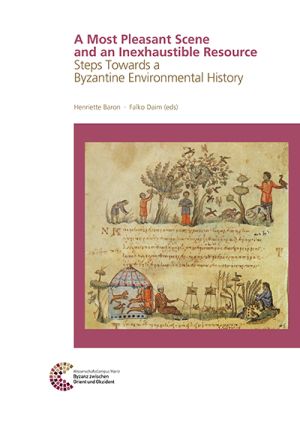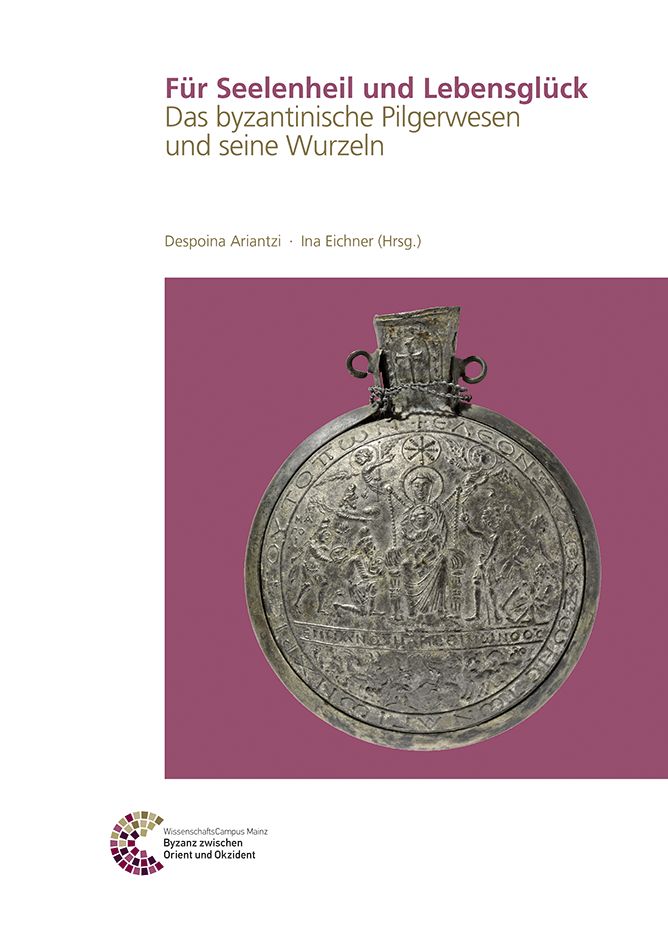Albrecht, Stefan
A Most Pleasant Scene and an Inexhaustible Resource Steps Towards a Byzantine Environmental History: Interdisciplinary Conference November 17th and 18th 2011 in Mainz
What do we know about the environments in which the Byzantine Empire unfolded in the eastern Mediterranean? How were they perceived and how did man and the environment mutually influence each other during the Byzantine millennium (AD 395-1453)? Which approaches have been tried up until now to understand these interactions? And what could a further environmental-historical research agenda look like?
These questions were the focus of an interdisciplinary conference that took place on 17 and 18 November 2011 in Mainz. The present conference volume brings together contributions from researchers who have approached these issues from very different perspectives. They focus on the explanatory power of traditional as well as »new« sources and the methods of Byzantine Studies and Byzantine archaeology for this hitherto little-explored sphere. In this way, we see how closely environmental history is interwoven with the classical topics of Byzantine research – be they of an economic, social or culture-historical nature.
Für Seelenheil und Lebensglück: Das byzantinische Pilgerwesen und seine Wurzeln
The final international conference of the project "For Salvation and Happiness: Byzantine Pilgrimage and its Roots", held in December 2015, gathered scholars from the disciplines of archaeology, Byzantine studies, art history, historical sciences, religious history, epigraphy and historical geography, who addressed the phenomenon of pilgrimage in the Byzantine Empire. The contributions consider the connections of Byzantine pilgrimage to pagan and Jewish pilgrimage. Above all, they present and discuss the practice of pilgrimage between "cult and commerce" in the sacral-topographical and landscape context of individual regions and locations in the Byzantine Empire from Egypt to Bulgaria and from southern Italy to the Holy Land.








